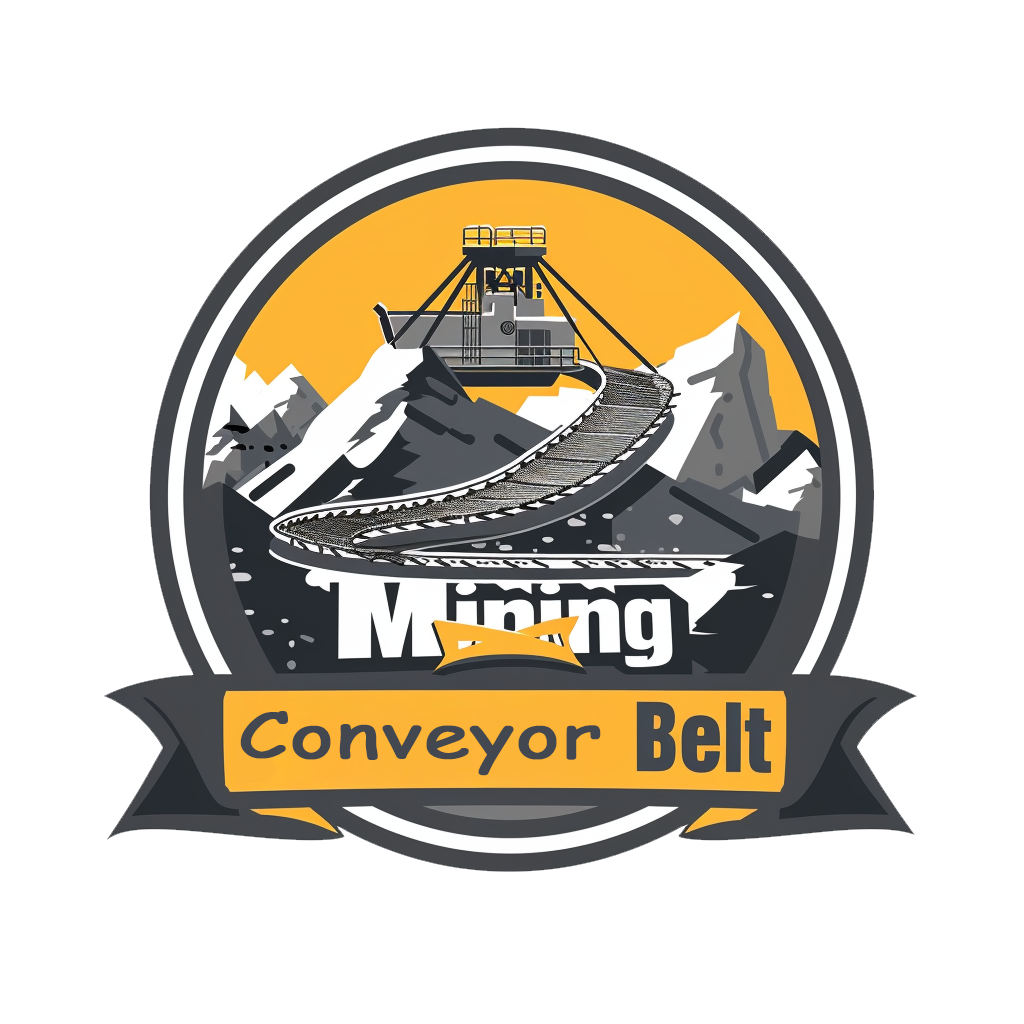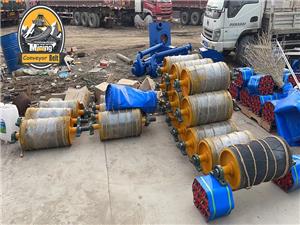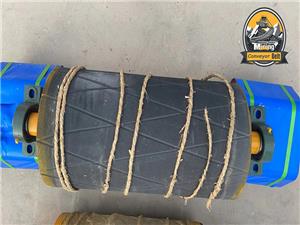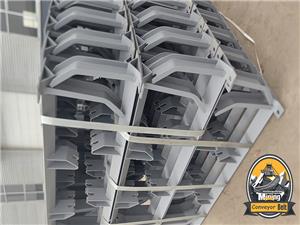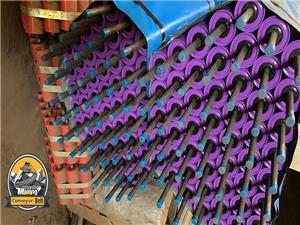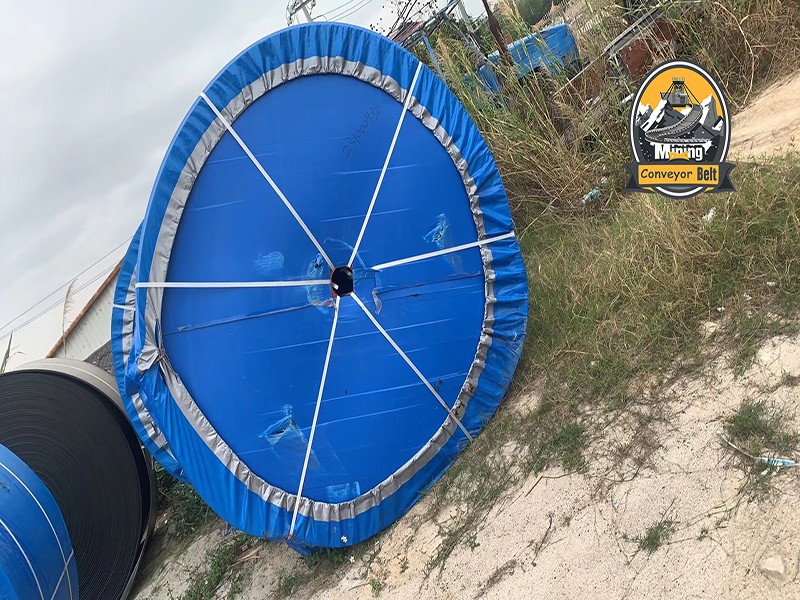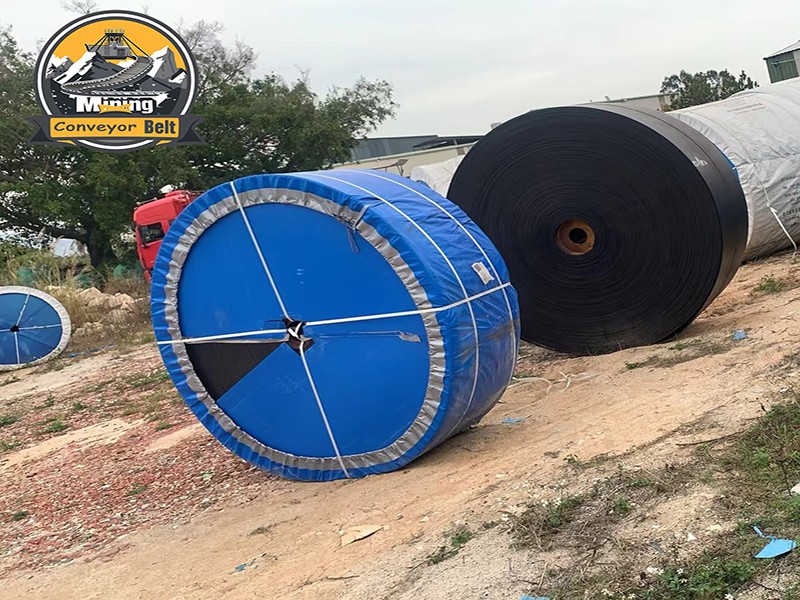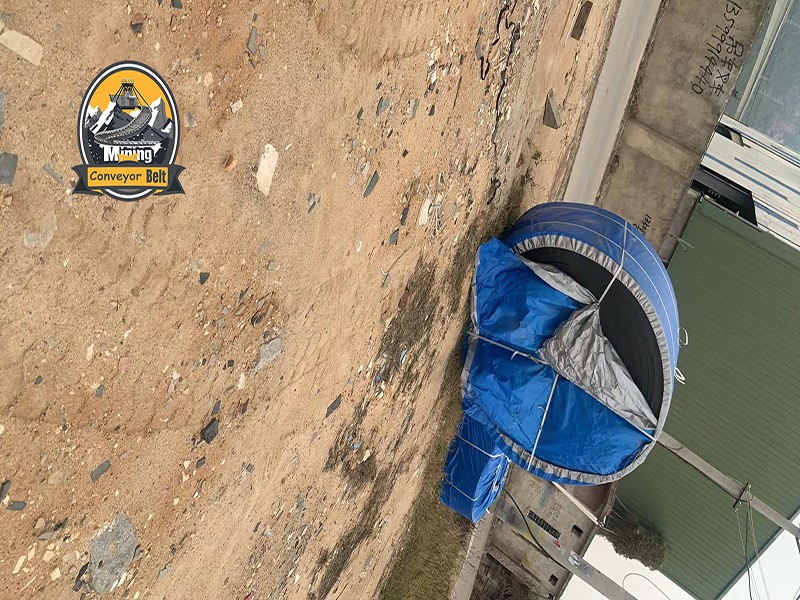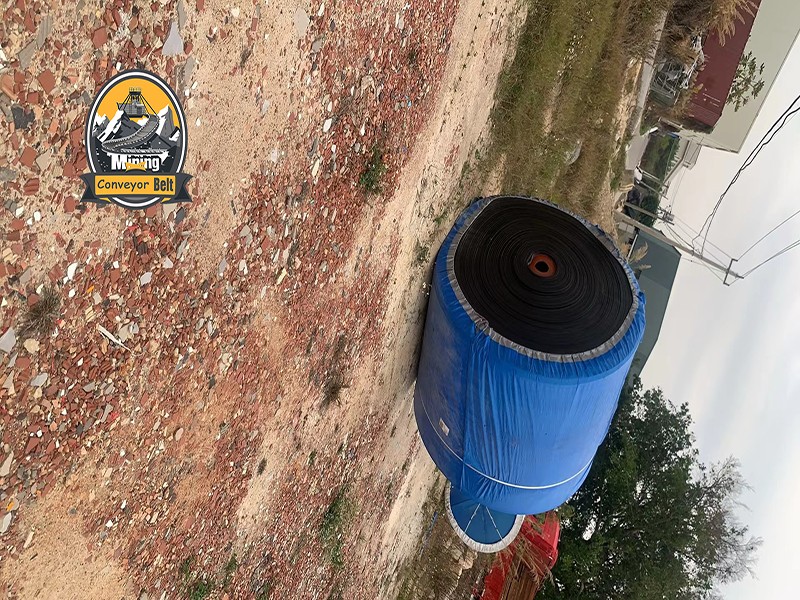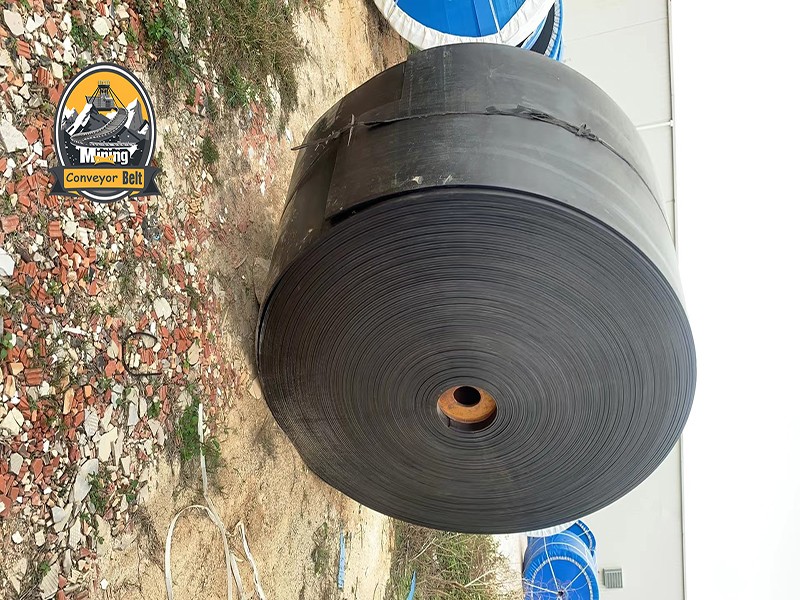
MR-Type Oil-Resistant Conveyor Belts conveyor belts o ring
Brand Xiamen Mining
Product origin Xiamen
When it comes to MR Type Oil-Resistant Conveyor Belts, we're dealing with a product designed for mild oil resistance (MR). While not intended for heavy oil exposure, these belts still need to perform reliably within their specified parameters. Let's examine the key quality control aspects I'd focus on.
What Defines MR Type?
MR likely stands for Mildly Oil Resistant. These belts are a step above standard, non-oil-resistant belts but offer a lower level of oil protection than MOR (Moderately Oil Resistant) or specialized high oil-resistant belts. They are typically used in environments with occasional or light oil exposure. They are suitable for transporting bulk, canned, and packaged grain or food in the food industry or grain handling.
Key Quality Control Checks for MR Belts:
From a quality inspector's viewpoint, here are the crucial checks for MR belts:
Material Composition Verification:
Cover Rubber: The cover should be made of nitrile rubber (NBR), but likely with a lower acrylonitrile content compared to MOR belts. I'd verify the compound's formulation against the manufacturer's specifications to ensure it meets the requirements for mild oil resistance. The wear should be ≤ 1.20 cm³, tensile strength ≥ 12.0 MPa, and elongation at break ≤ 400%.
Carcass Material: Common choices include polyester, nylon, or cotton canvas. I'd check the material type and its specifications (e.g., nylon's up to 700 N/mm per layer tensile strength) against the order requirements. The specific choice depends on factors like the need for stretch resistance. There is a special rubber layer between the core and the cover to enhance their adhesion. The bonding strength should be ≥3N/mm.
Layer Construction: Verify the number of plies (typically 1-10) and the overall belt construction.
Physical Properties Testing:
Oil Resistance: While "mild," the belt still needs to resist oil to a certain degree. I'd look for test results demonstrating the belt's performance after exposure to specific types of oil, for a defined duration and temperature. Key metrics include volume change (swelling) and strength retention.
Tensile Strength and Elongation: Standard tests to ensure the belt meets the required tensile strength (e.g., based on the N/mm per layer rating of the core material) and elongation at break.
Hardness: Testing the hardness of the cover rubber to ensure it falls within the acceptable range for MR belts.
Adhesion Strength: Verify the bonding strength between the cover and the carcass, as well as between the plies. This should typically be ≥3N/mm.
Dimensional Accuracy:
Width: MR belts, like other types, are available in widths ranging from 100mm to 3000mm. I'd check the width against the specified tolerances.
Thickness: The overall thickness, as well as the cover thickness (1.5mm to 8.0mm for the working surface, 1.5mm to 4.5mm for the non-working surface), must be within the allowed limits.
Length: Verify the belt's length against the order requirements.
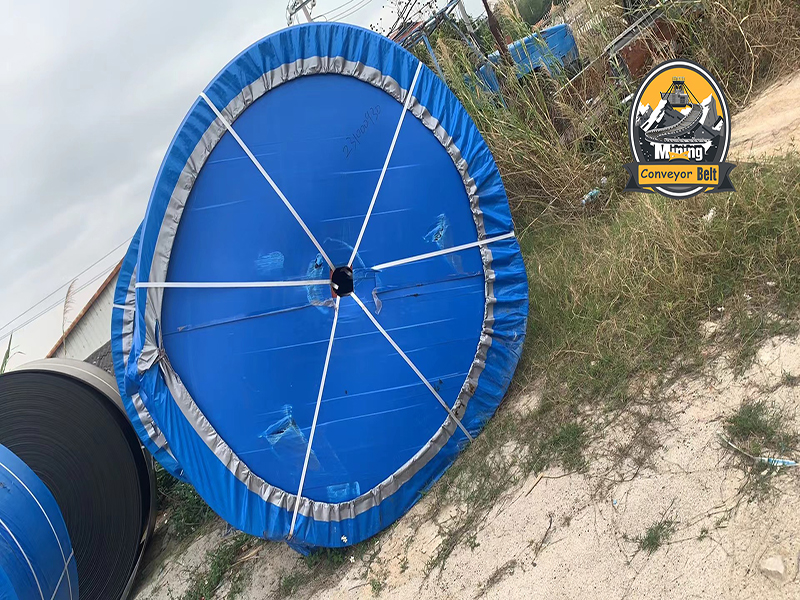
Questions a Quality Control Inspector Would Ask:
Q: What specific tests are conducted to determine the "mild" oil resistance rating?
A: Standardized tests involving immersion in specific oils (relevant to the intended application) for a set time and temperature are used. The results, including volume change and strength retention, are compared against the acceptance criteria for MR belts.
Q: What is the acceptable range for volume change after oil exposure for an MR belt?
A: The acceptable range will depend on the specific test standard used, but it will be higher than that allowed for MOR belts, reflecting the lower oil resistance of the MR type.
Q: What is the expected lifespan of an MR belt compared to a standard belt in a mildly oily environment?
A: An MR belt should last significantly longer than a standard belt in a mildly oily environment. The exact lifespan will depend on factors like the specific oil type, temperature, and operating conditions.
Q: What is the maximum speed these belts can run at?
A: The speed of these belts should generally not exceed 2.5 m/s.
Q: How should these belts be stored?
A: They should be stored rolled in a clean, dry place, away from direct sunlight, rain, and chemicals. Maintain a temperature between 18-40°C and relative humidity between 50-80%. Rotate them every quarter.
Conclusion:
MR Type Oil-Resistant Conveyor Belts offer a cost-effective solution for applications with light or occasional oil exposure. As a quality control inspector, my focus is on ensuring that these belts meet the defined standards for mild oil resistance, structural integrity, and dimensional accuracy. By meticulously checking the material composition, performing relevant tests, and verifying dimensions, we can guarantee that MR belts provide reliable performance within their intended operating parameters. They represent a practical choice for businesses that need a degree of oil resistance without the higher cost of more specialized belts.
